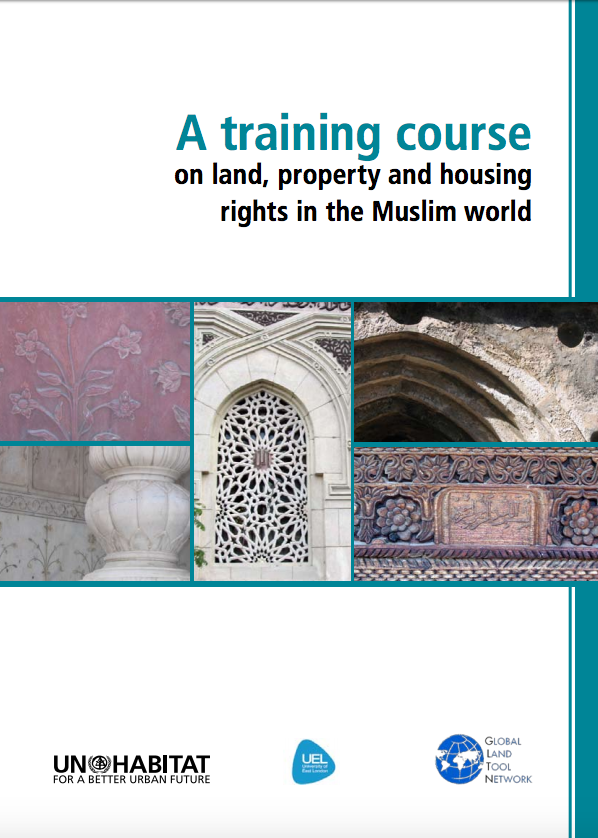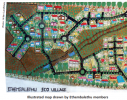Towards managed land settlement
Recognising that the Managed Land Settlement (MLS) approach is not new to the South African housing and service delivery environment, the purpose of this report is to explore the lessons that can be learnt from programmes and projects which have adopted an MLS-like approach to greenfields development. The report contains five case studies from across South Africa, focusing on programmes that have been successfully implemented over the past 15 years. With funding from Urban LandMark, the report was commissioned by
A Training Course on Land, Property and Housing Rights in the Muslim World
This training course from the Global Land Tool Network is part of the Network’s activities on Islamic dimensions of land. In most Muslim countries, Islamic law, principles and practices make an important contribution to shaping access to land. GLTN therefore has as one of its objectives the identification and development of Islamic land tools and case studies through a cross-cultural, interdisciplinary and global process, owned by Muslims, but also including other civil society and development partners.
Land governance and its influence on access to urban land
This case study is based on research undertaken into the experiences of a poor community in accessing land through formal channels in peri-urban South Africa. The research was conducted by a team of researchers pulled together by the World Bank. The work was the result of a request by Mogale City Municipality for technical assistance on the design and implementation of integrated housing and agriculture projects. The document presents the story of Ethembalethu.
How to Deal with Projects that Involve Forced Evictions and Displacement
This guide summarizes international human rights standards applicable to involuntary displacement caused by public and private infrastructure and urbanization projects. It provides guidance for all involved parties: urban planners and architects, public authorities, the legal community, national or international financing entities, governments, civil society, and affected populations. It aims to provide guidance to assist in the execution of development projects that respect, protect and fulfil the human right to adequate housing of the communities that will be affected by them.




